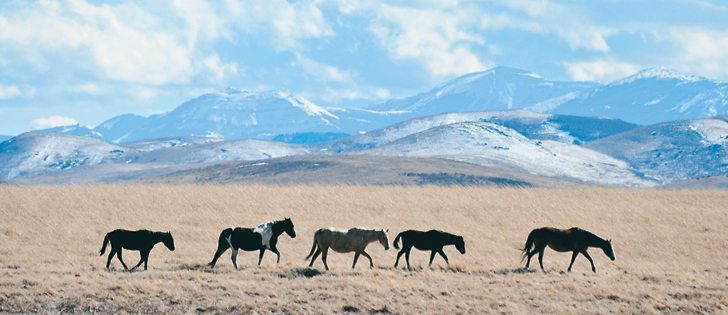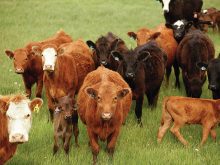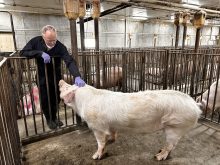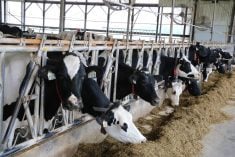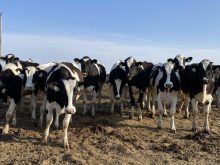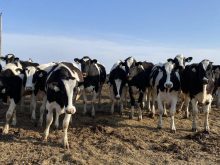Equine infectious anemia | A Saskatchewan chuck wagon association makes Coggins testing mandatory
All horses racing in Saskatchewan’s Northwest Pony Chuckwagon and Chariot Association must be tested for the deadly equine infectious anemia before they will be allowed to race.
Darren Dyck, the association’s new president, said Coggins tests have been made mandatory for racehorses in an effort to halt spread of the disease.
“This is a deadly disease that needs controlling. We’re trying to be a leader in it,” said Dyck, who hopes other chuck wagon groups will make Coggins testing mandatory to help get rid of the disease.
Read Also

Beef check-off collection system aligns across the country
A single and aligned check-off collection system based on where producers live makes the system equal said Chad Ross, Saskatchewan Cattle Association chair.
Last year 89 horses tested positive for the disease in Saskatchewan and 27 in Alberta. Eighteen horses have already tested positive in Saskatchewan this year and three in Alberta. All horses testing positive must be euthanized or kept in permanent quarantine.
“It’s a real problem,” Dyck said.
The Eastern Pony Chuckwagon and Chariot Association made Coggins testing mandatory in 2012, which helped reduce the number of cases.
Betty Althouse, Saskatchewan’s chief veterinary officer, said mandatory testing helps catch the early cases before it spreads. The disease can infect up to 70 percent of the herd if left untreated.
Althouse said it’s not the first time horse groups have made Coggins testing mandatory, but the challenge is keeping the momentum and continuing with the testing.
“It happens for a year of two and it dies. It does require more of a sustained effort,” she said.
The number of cases last year was up from 82 in 2012 but down from 102 in 2011.
There is no cure for EIA, and no vaccine is available.
Transmission occurs mainly through contaminated blood spread by horse flies, stable flies and deer flies. It can also be transferred through contaminated needles and the semen of an infected stallion.
Dyck said he lost two of his horses in the past three years to the disease and knows other racehorse owners who have lost up to 30 horses.
Northwestern Saskatchewan and northeastern Alberta are hot spots for the disease as well as parts of northern parts of British Columbia and the Yukon.
“People have got some really expensive horses that have got this disease,” Dyck said.
The horses are called pony chuck wagon and chariot horses but can be up to 15 hands high and usually have thoroughbred bloodlines.
“We all love our horses. No one wants to lose a good horse.”
One of the biggest barriers to eradicating the disease seems to be the cost of Coggins tests, which can range from $24 to $150 per head depending on the vet clinic, he said.
Dyck said it cost $800 to test his 25 horses for the disease last year, which he believes is manageable.
EIA is a reportable disease and positive horses must be reported to the Canadian Food Inspection Agency.
- Beaver River – 6
- Loon Lake – 1
- Meadow Lake – 32
- Frenchman Butte – 13
- Manitou Lake – 1
- Torch River – 18
- Kinistino – 12
- Duck Lake – 4
- Rosthern – 1
- Touchwood – 1
- Mackenzie County – 1
- Grande Prairie County – 1
- MD of Bonnyville – 2
- Smoky Lake County – 13
- St. Paul County – 9
- Foothills County – 1
- Torch River – 1
- Big River – 1
- Mervin – 1
- Duck Lake – 1
- St. Louis – 14
- Yellowhead County – 3 (Feb. 12)



